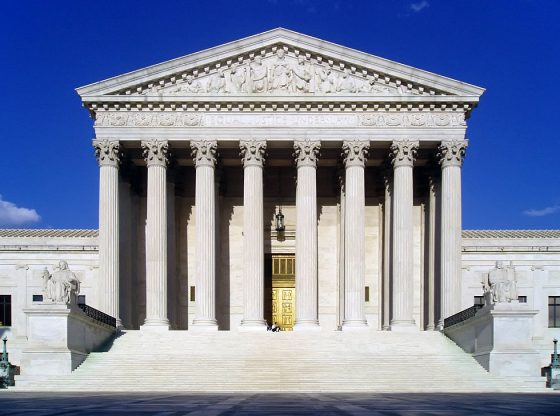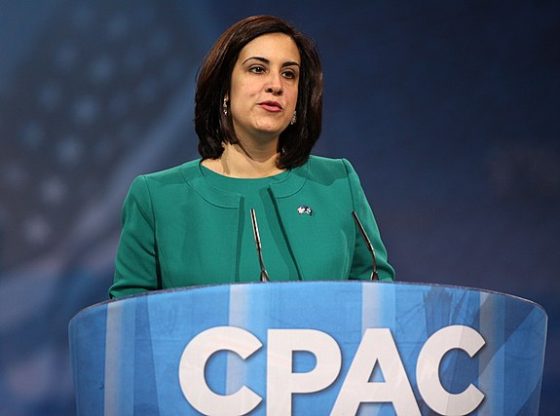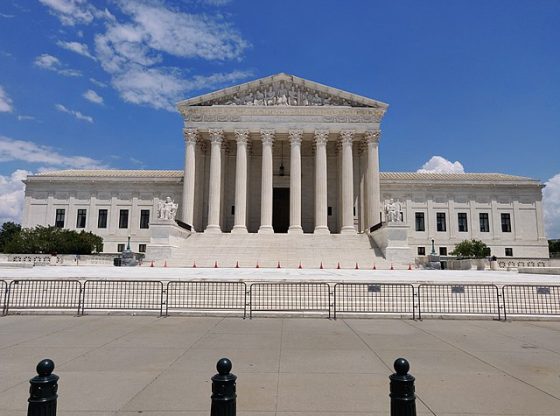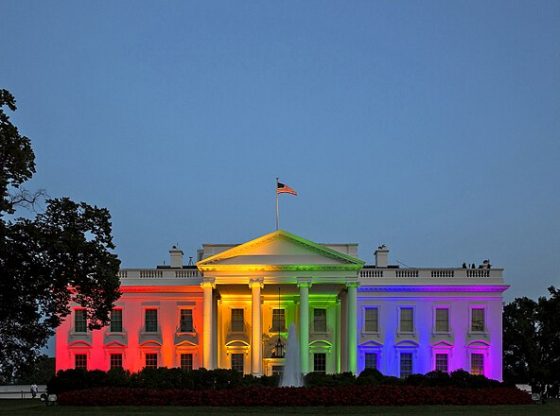The confirmation process to the Supreme Court is simple yet arduous. The nomination and confirmation of Amy Coney Barrett will be one of the quickest in American history and Republican leaders are confident that the process will be complete before November 3rd.
Barrett’s nomination process will most likely follow that of Sandra Day O’Connor’s who was confirmed to the bench only 33 days after her nomination from President Reagan. Or the speediness of Justice Harry Blackmun’s confirmation made in only 27 days after his nomination by President Nixon.
Step One: Being nominated by the President
Under the Constitution, the president has the power to nominate his choice to become the next Supreme Court Justice.
Article II, Section 2 states the president “shall nominate, and by and with the advice of the Senate shall appoint…judges of the Supreme Court’
Step two: the Senate Judiciary Committee
Now that the president has made his official nomination the process moves forward for deliberation from the Senate Judiciary Committee, a smaller group within the Senate. First, the Committee will conduct a prehearing background check into the potential Justice. Then, the nominee will participate in a public hearing. Barrett will be questioned and give testimony on a wide range of subjects, from her interpretations of the constitution to her stance on abortion.
Next, the Committee will report its recommendation to the full Senate. The Committee can report the nomination with either a favorable recommendation, negative recommendation, or in rare instances give no recommendation at all
Step three: the full Senate
Assuming that potential future Justice Barrett is given a favorable recommendation from the Committee the vote will then move to the full Senate floor for debate. Barrett will need a 51 majority vote from the Senate to move forward, instead of the supermajority of 60 votes needed in the past- thanks to a rule change in 2017. The Senate is currently majority Republican with 53 members versus the Democrats 45 members and 2 registered Independents.
Step four: the vote
The Senate requires a simple majority present and voting to confirm the nominee. If Barrett receives 51 votes then the Secretary of the Senate will transmit the confirmation vote to the President. Then the President will sign a commission appointing the new Supreme Court Justice to the bench.
Click the “NEXT PAGE” button below to see the official timeline for Justice Barrett’s confirmation process.











